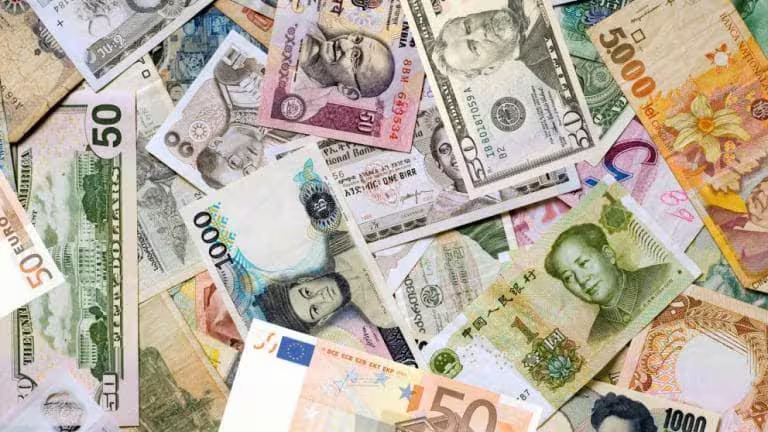How are FX options traded?
FX option traders can use the 'Greeks' (Delta, Gamma, Theta, Rhio and Vega) to judge the risks and rewards of the options price, in the same way as you would equity options.
The risk for an option buyer is limited to the cost of buying the option, called the 'premium'. An option buyer has theoretically unlimited profit potential. Conversely, for an option seller the risk is potentially unlimited, but the profit is fixed at the premium received.
Access to FX options
FX option contracts are typically traded through the over-the-counter (OTC) market so are fully customisable and can expire at any time. In the spot options market, when you buy a 'call', you also buy a 'put' simultaneously. For example, a trader might buy an option for the right to purchase one lot of EUR/USD at 1.00 (or parity) in three months. This is a 'EUR call/USD put'.
FX options are also available through regulated exchanges which are options on FX futures, in which case it is simply a call or a put. These offer a multitude of expirations and quoting options with standardised maturities. When traded on an exchange, FX options are typically available in ten currency pairs, all involving the US dollar, and are cash settled in dollars.
Why trade FX options?
One of the most common reasons for using FX options is for short-term hedges of spot FX or foreign stock market positions. For example, if you were buying EUR/USD but you thought there might be a short-term decline in the price, you could also buy a euro put option to profit from the decline while maintaining your buy. You could also sell EUR/USD short at the same time as buying.
There are many bullish, bearish and even neutral strategies that can be implemented with options contracts. Spread strategies that are used in equity options can also be used with FX options, including vertical spreads, straddles, condors and butterflies.
An FX option can either be bought or sold. Options prices are derived from the base currency, which is the first currency in the currency pair (eg euros in EUR/USD). If you are bullish on the base currency then you should buy calls or sell puts, conversely if you are bearish you should buy puts or sell calls.
Learn more about forex trading and what it is.
